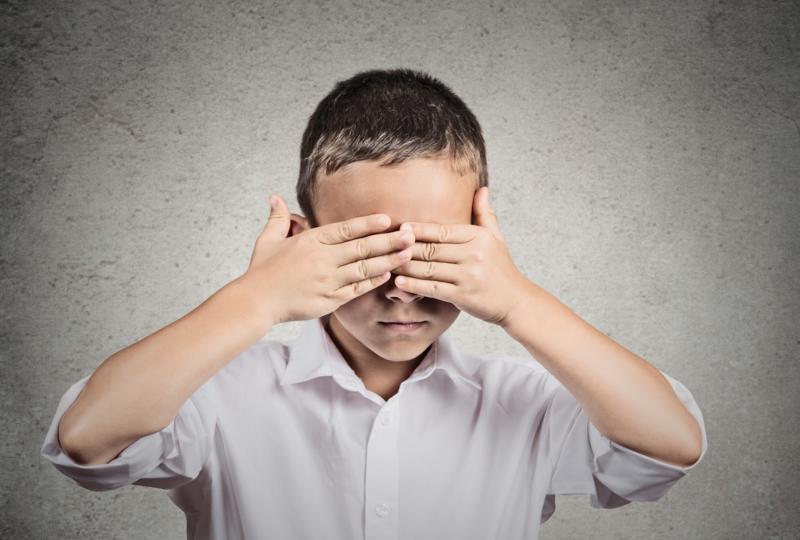Is Autism Really Still on the Rise?
How is autism diagnosed?
Part of the reason it is so difficult for scientists to be certain about why autism diagnoses are rising is because there is no one "clear cut" diagnostic standard. There is no way to diagnose it via blood tests or brain scans due to no evidence of those with autism spectrum disorder sharing a neurobiological, genetic, or environmental phenomenon.
Therefore, diagnosing autism spectrum disorder lies in the criteria in the Diagnostic and Statistical Manual of the American Psychiatric Association and the International Classification of Diseases of the World Health Organization. In these guidelines, a diagnosis of autism spectrum disorder covers a very wide and far-reaching array of symptoms intertwined with social and communication development.
Some supposed symptoms include becoming irritated or upset when routines are changed, multiple repetition of words, and delayed development of speech. The difficulty within the diagnosis in children is often that some of these can be attributed to neurotypical childhood.
Helen Leonard, who is a renowned expert in childhood disability, explains that "some degree of subjective interpretation" is necessary when diagnosing a child with autism. Therefore, diagnosis will not be the same across the board. One doctor could diagnose a child with autism with certainty while another doctor would examine the same child and see no reason for such a diagnosis.
